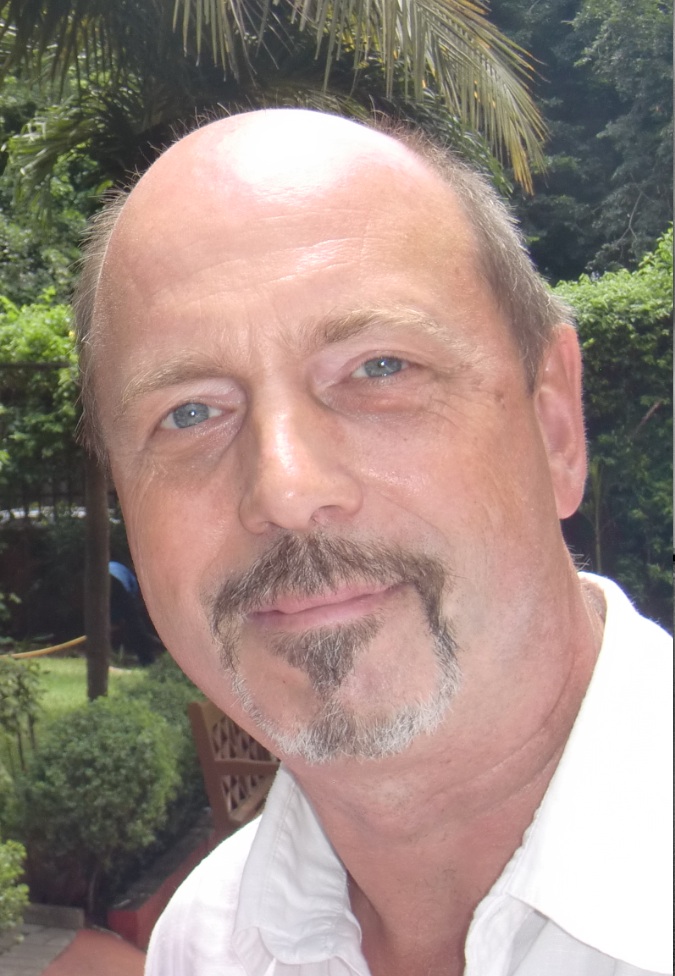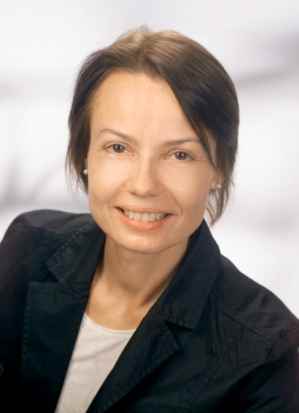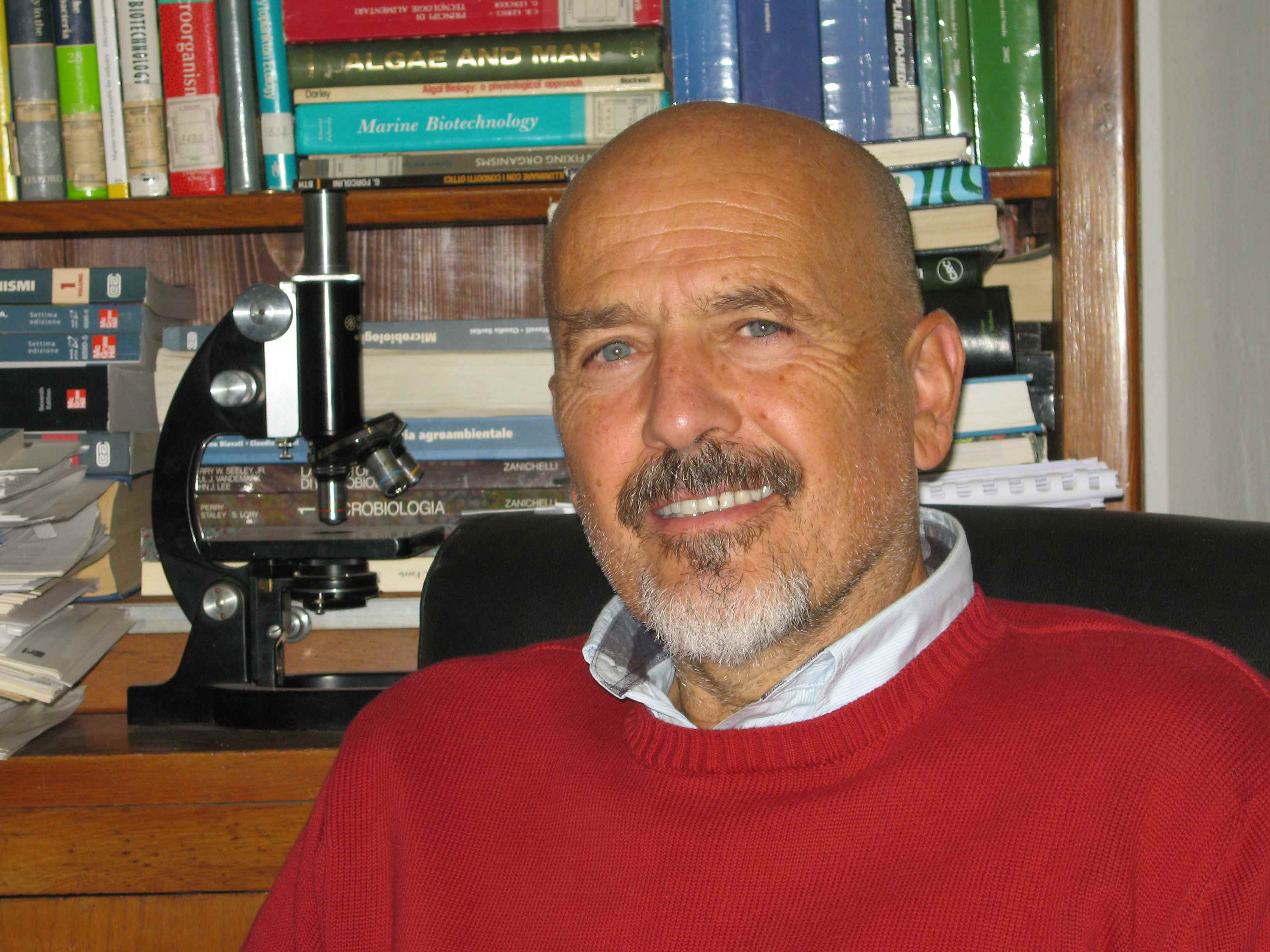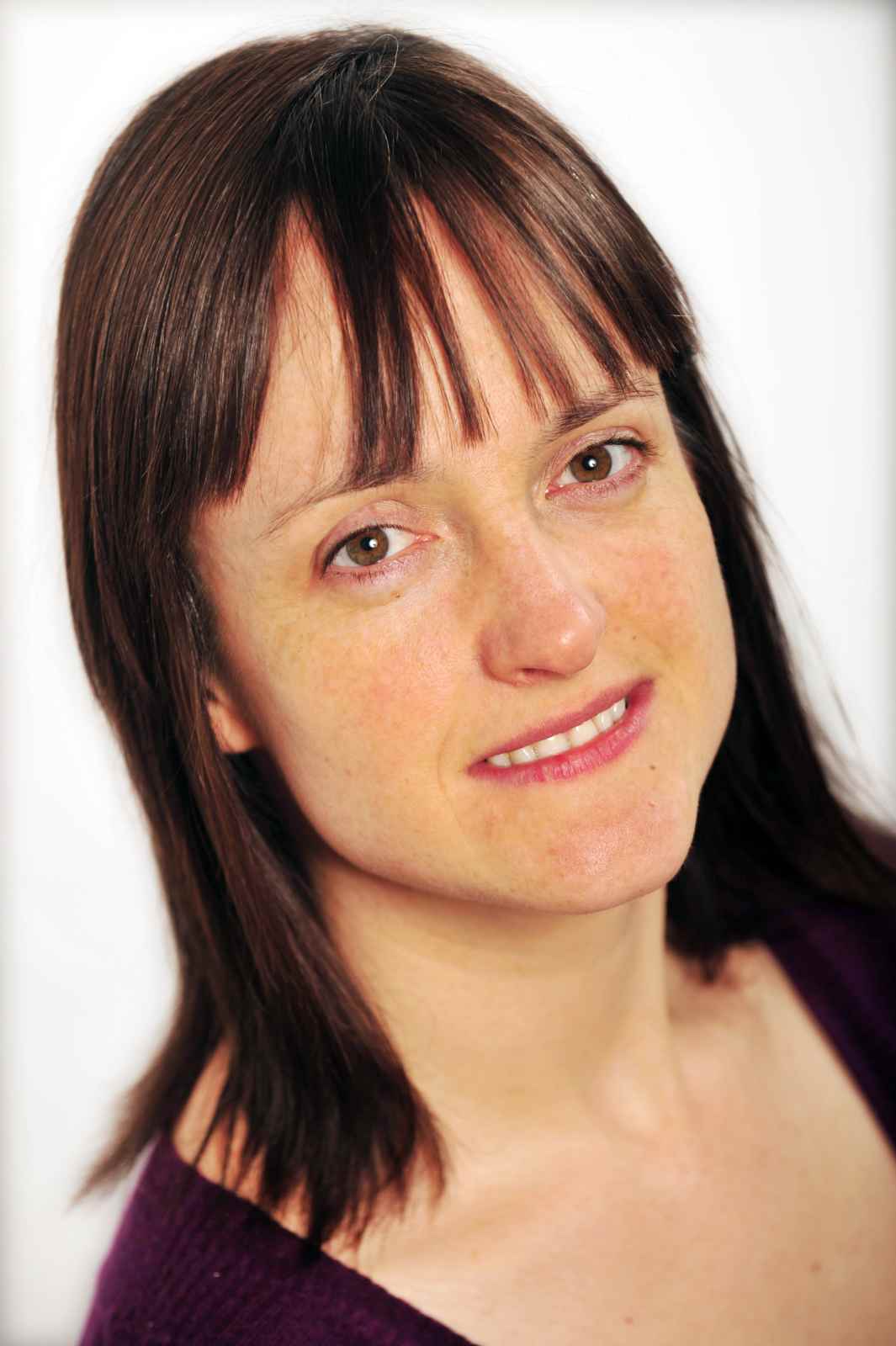Science and Society Session
Sunday 31 August
18:00-20:00, Grand Auditorium
Safety and security in the biological sciences: Institutional and individual responsibilities
co-organized by the FEBS Science & Society Committee and the EMBO Science Policy Programme
Co-chairs: Michele Garfinkel, DE and Jacques-Henry Weil, FR
(note: new order of speakers - 13 August)
 |
Patrick Rüdelsheim Biosafety: all for one; one for all “Biosafety” may be defined as the condition of being protected against harm potentially effected by biological entities or parts thereof. More detailed evaluation of specific biosafety cases illustrate that depending on the situation the emphasis might be very different. E.g. when performing research on a pathogen, the harmful effect on human health is usually well known and the focus is on fine-tuning of protective measures in relation to the intended activity. On the other hand, the approach for environmental release of genetically modified plants imposes precautionary measures in order to deal with uncertainty and to enable the gradual accumulation of familiarity. The picture is further complicated by broadening the scope of biosafety to biosecurity, which can refer to the improper use of biological agents as well as to threats to agriculture and food supply. Part of the complication arises from tacitly assuming that all parties recognize and strive for the same protection goals. While nobody questions the need to prevent harm to human health, other protection goals may be less obvious and require explicit definition in order to be operational. E.g. stating that no harm to biodiversity should occur might be a valid policy, the translation in operational terms poses scientific challenges. The debate on the introduction of genetically modified organisms illustrates that without fixed protection goals, it is impossible to identify the hazards of the material and analyse the risks of an activity. Notwithstanding this diversity, the risk management approach is very similar. This is due to the universal logic of the risk assessment process, which is common to all safety areas, and to the intrinsic features of biological material. Like for other safety areas, biosafety can be based on normative and/or substantive approaches. The latest developments aim to integrate biosafety in managements systems together with quality management, security and Health, Safety and Environment aspects. In spite of these efforts, the main challenge remains dealing with perceived safety, which has a major impact on acceptance by society.Biography Patrick Rüdelsheim obtained his PhD in biology/botany at the University of Antwerp, Belgium. He started his career in D.J. Vanderhave B.V., a Dutch Seed company where he was involved in the application of plant cell biology in classical breeding. In 1990, he joined Plant Genetic Systems N.V., Ghent, Belgium as Field Trial Supervisor. After being in charge of Product Development and Registration, he was appointed Director Regulatory Affairs and Member of the PGS Board. In 1996, following the acquisition of PGS by AgrEvo, he became Global Head of Biotechnology Regulatory Affairs for the AgrEvo group. In this function, he ensured the scientific argumentation for Product Safety and Quality as well as the compliance with all regulatory acquirements related to genetic engineering. After the creation of Aventis S.A. due to the merger of Hoechst and Rhône-Poulenc, Patrick Rüdelsheim became Global Head Regulatory Affairs BioScience of Aventis CropScience and following the acquisition of Aventis CropScience by Bayer in 2002, he was confirmed in that position for Bayer CropScience. In 2003, he founded and became General Partner of Perseus BVBA, a service company focused on bio-safety and related regulatory requirements. He is active in diverse associations (President 2008-2010 of the “International Society for Biosafety Research”; President 2011-2012 of the “European BioSafety Association”, co-founder of the “Belgian Biosafety Professionals”, member of the board of Bio.Be, member of the board and chairman of the “TF Safety in Biotechnology” of the European Federation of Biotechnology, member of EuropaBio). In 2006 he was nominated biosafety expert by Belgium to the “Roster of Experts on Biosafety” of the “Cartagena Protocol on Biosafety” (Convention on Biodiversity). He lectures at the University of Antwerp (Bioethics) and at the University of Ghent (Biosafety).
|
|||
|
|
||||
 |
Elisabeth Waigmann European Food Safety Authority (EFSA) The role of the European Food Safety Authority (EFSA) in the risk assessment of GMOs biography to follow |
|||
|
|
||||
 |
Food and biofuels from large-scale algae mass cultures: Opportunities and challenges Microalgae present several advantages over plants as sources of biofuels and food. They can be cultivated on arid land unsuitable for agriculture, do not require pesticides, have less dependency on seasonal variations, can accumulate high amounts of proteins, oils or sugars, and synthesize at the same time valuable molecules such as vitamins, pigments and polyunsaturated fatty acids. It is clear that microalgae as biofuel sources have a huge potential; at the same time many companies, particularly in the US, started too early based on the false assumption that algae can provide 100 times as much biomass per hectare than traditional crops. In reality, productivity of algal cultures is not much higher than that of C4 crops, and industrial exploitation is limited: sustainable cultivation of selected strains at hundreds of hectares scale and the negative energy balance of the process are major barriers. The potential is huge, but at present microalgae biomass is too expensive to compete with food crop sources and fossil fuels. Large-scale commercial production of microalgae is mostly carried out in open ponds, but most of the start-ups in the algae biofuel sector focus on photobioreactors (PBR) that provide a more controlled environment and limit the risk of contamination, allowing more species to be cultivated. Unfortunately, these advantages rarely compensate for the higher cost of PBR, although new low-cost designs are emerging, such as the Green Wall Panel (GWP). To obtain a positive energy return, the inputs for algae cultivation must be drastically reduced. But some inputs are difficult to decrease without negatively impacting the performances of the culture. For this reason a new stand-alone GWP has been designed by our group that uses part of the photons impinging on the culture for photovoltaic (PV) generation of electric energy. The amount of energy that can be generated by the PV-GWP in a summer day is more than sufficient to cover all the needs of the culture, including harvesting. In spite of the inherent potential of microalgae as a renewable fuel source, no company seems to possess yet a mature technology able to compete with fossil fuels. However, like crude oil, algae production also generates by-products such as protein that also need to be considered. It is clear that the industry is growing, and it seems today that full commercialization is a question of when, not if. Biography Mario R. Tredici is full professor of Microbiology at the University of Florence (Italy), where he coordinates researches on photobioreactor development and microalgae mass cultivation at the Department of Agrifood and Environmental Sciences. He has been consultant for the Hawaii Natural Energy Institute and the International Energy Agency, member of the Biodiversity and Environment Expert Group of the ESFRI (European Strategy Forum for Research Infrastructures), technical advisor of the International Network on Biofixation of CO2 and Greenhouse Gas Abatement with Microalgae and member of the Technical Advisory Panel of the Algae Biofuels Challenge (Carbon Trust - UK). He is member of the Board of the International Society of Applied Phycology (ISAP) in which he acted as President from 2002 to 2005. He is member of the Scientific Advisory Board of Aurora Algae (USA) and is in the board of Fotosintetica & Microbiologica Srl, a spin-off company of the University of Florence that he founded in 2004 with his collaborators. Currently he collaborates with ENEL SpA and Eni SpA (Italy) on renewable fuel production and CO2 biofixation through microalgae and is the scientific coordinator of the European FP7th project BIOFAT (Biofuel From Algae Technologies). In June 2009 Prof. Tredici has been elected President of the EABA (European Algae Biomass Association). He is at present chair of the ESBF (European Sustainable Biofuel Forum). Prof. Tredici is member of the Accademia dei Georgofili of Florence. |
|||
|
|
||||
 |
Jane Calvert
University of Edinburgh, UK Responsible design in synthetic biology In Europe we are witnessing the rise of the notion of Responsible Research and Innovation (RRI). This presentation asks how ideas from RRI can help societal considerations become integrated into synthetic biology design practices, and what ‘responsible design’ might look like. The presentation will also consider the relationship of RRI to ‘speculative design’, which involves the production of design fictions – material objects designed to provoke discussion about technological developments. It argues that the combination of RRI and speculative design in the field of synthetic biology could help articulate a wider range of objectives, pathways and outcomes than would be envisaged otherwise. Biography Jane Calvert is a Reader in Science, Technology and Innovation Studies at the University of Edinburgh. She is particularly interested in the social dimensions of synthetic biology, including attempts to make biology into an engineering discipline, the governance of emerging technologies, intellectual property and open source, and design and aesthetics in synthetic biology. She was a member of the Royal Academy of Engineering’s Working Party on Synthetic Biology, the Nuffield Council of Bioethics Working Party on Emerging Biotechnologies, and the UK Synthetic Biology Roadmap Coordination Group. She is currently a member of the BBSRC’s Bioscience and Society Strategy Panel.
|
|||
|
|
||||





